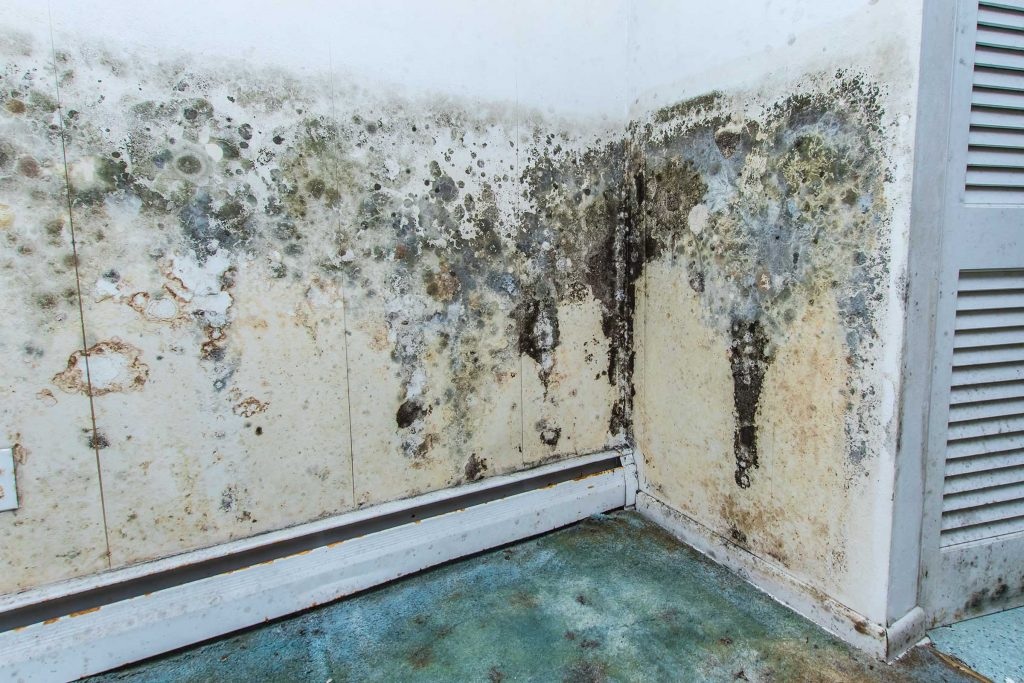How Do Professionals Conduct Surface Mould Analysis, and What Do They Look For?
Mould infestation in residences and structures may contribute to illness and structural loss when not remedied. Mould contamination can be determined and understood with surface mould analysis to appropriately remedy it. Professionals maintain an orderly methodology so they could assess properly. Below are the fundamental steps for the process and the things which the experts would consider while making the assessment.
1. Visual Inspection
The initial process of surface mould analysis is a careful visual examination. Experts check walls, ceilings, floors, and other surfaces for obvious signs of mould growth. They check for discoloration, water stains, and fungal growths, which tend to appear in wet or poorly ventilated spaces. The examination also involves checking out-of-sight areas, including behind furniture, in closets, and under carpets.
2. Moisture Detection
To establish the presence of mould and its type, experts obtain surface samples. The common practices are:
Swab Testing – A sterile swab is rubbed across the infected surface to pick up mould spores.
Tape Lift Sampling – A strip of clear adhesive tape is pressed against the mouldy surface and then placed on a glass slide for analysis in the laboratory.
Bulk Sampling – A small sample of contaminated material, e.g., drywall or insulation, is cut out for testing.
4. Laboratory Analysis
After being collected, the samples are taken to a laboratory for testing. Specialists apply microscopy and culture testing to determine the exact species of mould. Some types of mould, such as black mould (Stachybotrys), are potentially very harmful to one's health. Determination of the species assists in determining the level of contamination and the correct remediation measures.
5. Airborne Spore Comparison
In other instances, experts might compare airborne mould spore concentrations with surface mould results. This entails air quality sampling to determine whether mould spores have contaminated the environment. If air and surface samples reveal high contamination, additional assessment is required to determine the severity of the issue.
6. Determining Damage and Risk Levels
Experts also determine the extent to which mould has invaded surfaces. Shallow mould can usually be wiped away, but deeply embedded mould in porous substances such as wood and drywall might need to be replaced. They also determine possible health hazards, particularly if poisonous mould types are found. This data assists in the planning of the appropriate remediation strategy.
7. Issuing a Comprehensive Report and Recommendations
Following the examination, experts issue a comprehensive report detailing their findings. The report contains:
•The mould type found
•Contamination level
•Moisture sources identified
•Health hazard, if present
•Suggested remediation methods for destroying the mould and preventing recurrence
Conclusion
Analysis of surface mould is an important process of identifying and dealing with mould problems when they are not yet serious. Experts conduct visual examinations, moisture detection instruments, and laboratory analysis to determine the extent of mould contamination accurately. Identification of the mould type, source, and potential health effects helps property owners initiate the right measures to design a healthier and mould-free environment. Preventing mould issues through regular inspections and control of moisture will provide improved indoor air quality as well as structural safety.

.jpg)
.jpg)
Comments
Post a Comment